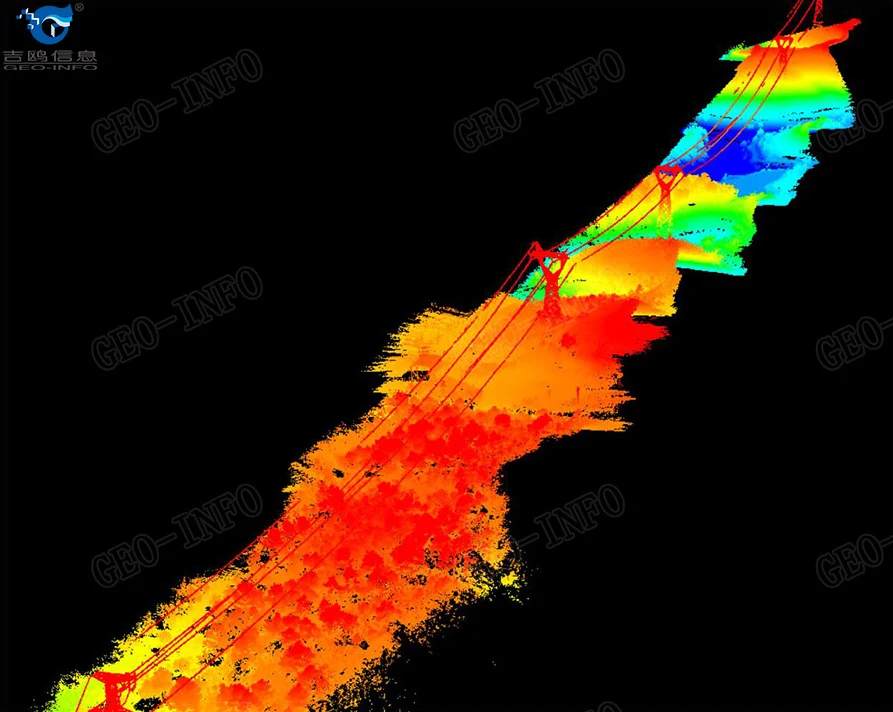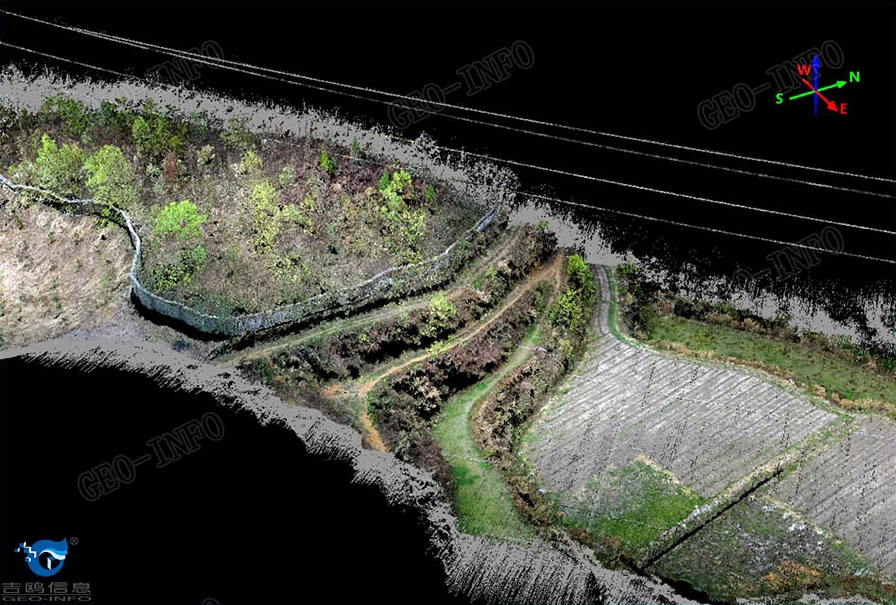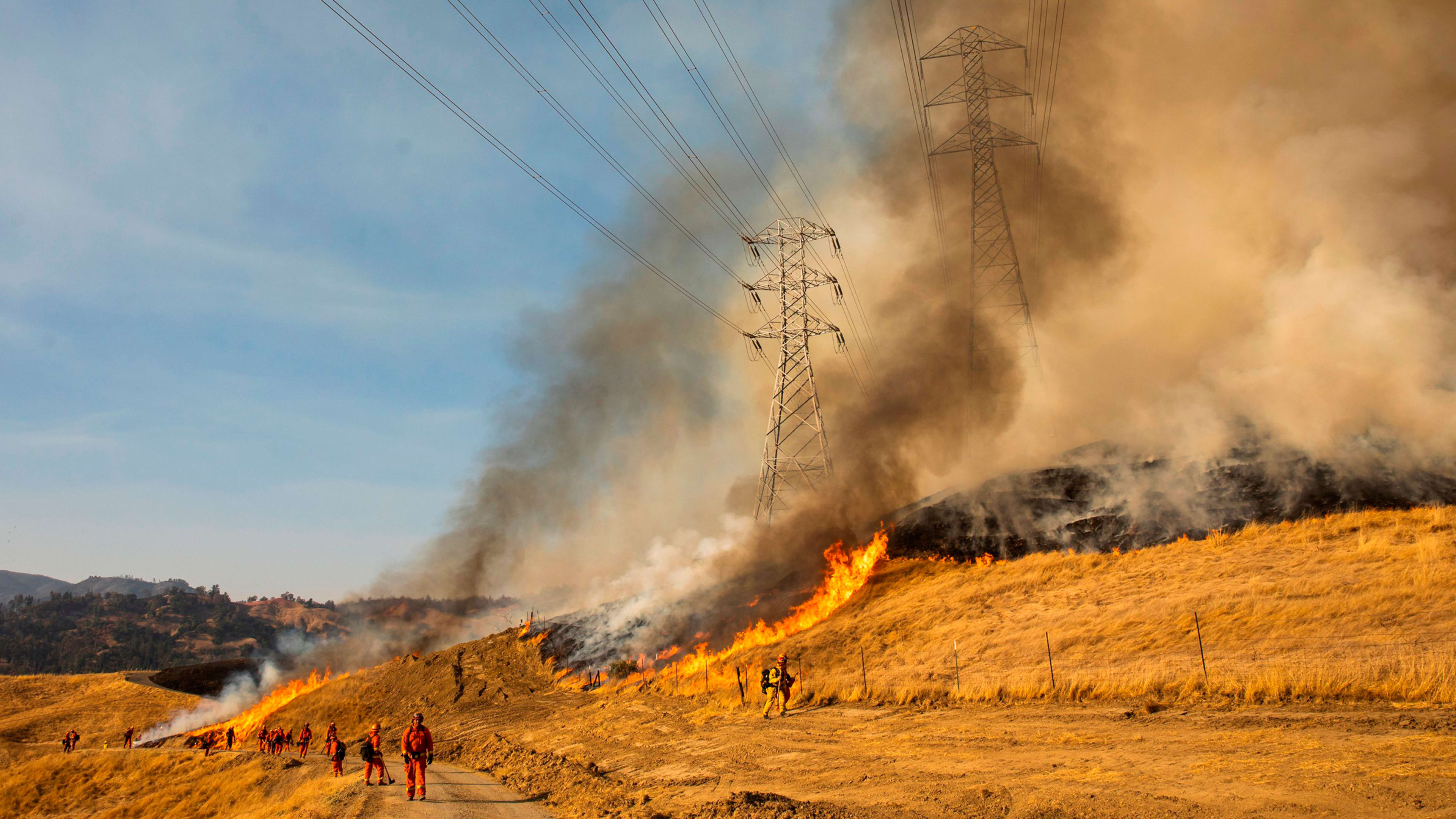Last year, California had its most destructive and deadliest wildfire year on record. Increasingly dry, warm, and windy weather conditions wrought by climate change are a big reason why. But the immediate cause is often power lines: Downed lines that come into contact with nearby trees can create a spark that spreads into bigger fires. So far, the (very inconvenient) solution has been to just shut off electricity entirely during days with high wind. But a Bay Area company says they have another answer, and it uses the same technology that lets self-driving cars “see” their surroundings.
Quanergy is most well known for building the LiDAR sensors that help power autonomous vehicles. LIDAR works like radar, but with light waves instead of radio waves. These waves bounce back from an object (like a person or another car) to the sensor, determining how far away that object is. That information then creates a 3D map of an autonomous car’s environment. Since this technology is, at its core, a 3D mapping tool, Quanergy says it can also be used to map power lines, potentially helping utility companies inspect their miles and miles of lines for encroaching trees, or finding downed wires before they start a blaze.

[Photo: Geo-Info]
Signore estimates that a drone could map 40 acres in 15 to 20 minutes. He imagines companies sending out these LiDAR-equipped drones to scan a section of power lines for an hour, after which the drone would send all that information back to the company so they can see if there are any issues in need of attention. The drones could also automatically alert the companies of changes, like movement from fallen power lines. And it can be done without much preparation or staff, Signore says, “because it’s literally just flying a drone.”

This could mean power companies could avoid shutting off power for large areas as a safety precaution. “We need to absolutely come up with a much smarter way, a much more preventative [way],” says Signore. “By using drones, you can prevent problems from happening because you can actually detect when the problem could become an issue,” like if there’s too much dry vegetation close to the power lines.
Places in China and Australia have implemented this drone mapping technology, even using it to monitor train tracks for obstacles or repair issues. Signore says some of Quanergy’s drone partners are planning to work with United States power companies soon. Though no companies have signed on yet, some, like California’s PG&E, have already expressed interest in using new tech like drones in their maintenance routines. It seems like something needs to be done, at least until we can bury all those existing power lines underground or simply redesign neighborhoods to survive wildfires.
Recognize your brand’s excellence by applying to this year’s Brands That Matter Awards before the early-rate deadline, May 3.
